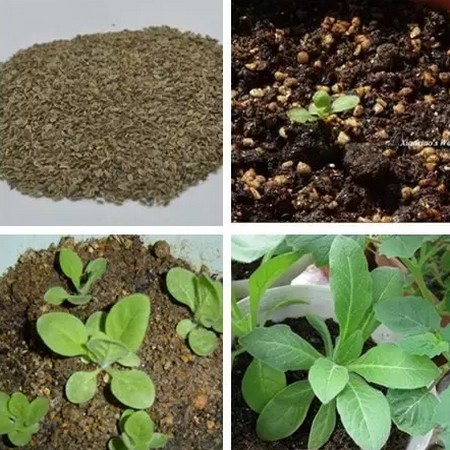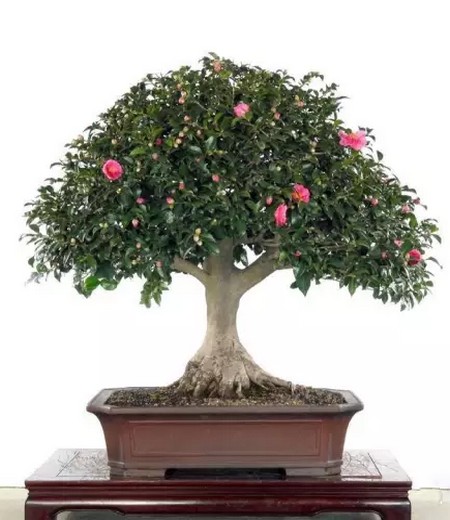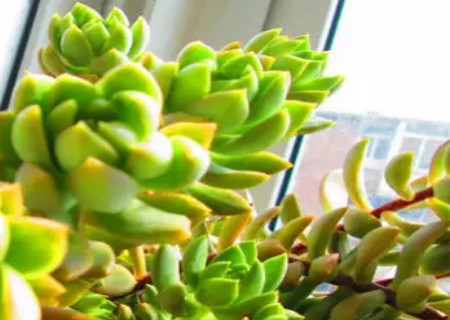How to cultivate strong seedlings? how to cultivate strong seedlings of tobacco?
Before accelerating germination, tobacco seeds should be exposed to 15-20 ℃ sunlight for 2-3 days to improve their germination energy and germination rate. To cultivate strong seedlings: first, the use of double-layer film paper tube seedling new technology, paper tube diameter of not less than 4 cm, height of 6-7 cm, 625 seedlings per square meter, 10 square meters of a bed of seedlings can be used for planting in 4 mu tobacco fields. The second is to prepare nutritious soil, using 60% of the field soil and 40% of the decayed pigsty manure as the substrate, requiring about 0.8-1 cubic meters of nutritious soil per bed, and then mixing 3-4 kg of compound fertilizer after disinfection. Third, timely early sowing and early transplanting can increase yield by 20% and quality by 25%. The Huang-Huai tobacco-growing area should be sown from around the Beginning of Spring to mid-February. Fourth, seedbed management, due to the low temperature when sowing, vulnerable to low temperature harm, in accordance with the requirements of tobacco seedling growth on temperature and humidity, timely control. Generally, the seedlings are carried out twice, the first time after the "cross stage", the seedling distance is 1.5-2 cm, and the second time is 4-5 true leaves, and the seedling distance is 6-8 cm.

Strong seedling is the basis of realizing high quality and suitable yield of tobacco, and the cultivation of strong seedling is an extremely important link in the process of tobacco production. No matter what method of raising seedlings is adopted, the requirements of raising seedlings are basically the same. Only by cultivating high-quality tobacco seedlings, can we transplant at the right time, ensure the neat growth of tobacco plants in the field, give better play to the measures of field management, and finally achieve the purpose of increasing production, improving quality and increasing economic benefits. Generally speaking, the requirements of raising seedlings can be summarized as "strong, neat, suitable and sufficient".
Strong-the growth of tobacco seedlings is robust
According to the experience and experimental research results of various parts of our country, strong tobacco seedlings should have the following characteristics.
The absence of diseases and insect pests is the primary feature of strong seedlings. In the seedling stage, tobacco seedlings are young and weak, and their resistance is poor, just like people with poor physical quality, they are very susceptible to disease when they are infected by pathogens. The environmental conditions of the seedling bed are not only conducive to the growth of tobacco seedlings, but also conducive to the breeding and reproduction of pathogens and pests, coupled with the high density of tobacco seedlings, high temperature and humidity, poor ventilation and light transmittance, diseases and insect pests are easy to occur.
The root system of strong seedling is strong and developed, the whisker root is many and white, the soil holding force is strong, the survival rate is high, the seedling is returned quickly, the growth and development is rapid, the stem is erect and tenacious, the plant shape is compact, the leaf is not thick but not light, the leaf is vertical but not drooping; the growth is moderate, the development is normal, uniform, and the seedling age is 50-60 days. Strong seedlings are formed under steady and rhythmic growth conditions, which are unfavorable to the formation of strong seedlings if they grow too fast or too slowly. The tobacco seedlings are neat and consistent, which is convenient for the management after transplanting.
- Prev

To understand the propagation method of Camellia bonsai.
Camellia is one of the top ten famous trees in China, and it is also a famous flowering tree species in the world. Especially evergreen leaves, bright green, extremely gorgeous flowers, and flowers dense like brocade, can be described as a tree ten thousand buds, beautiful and lovely. Camellia originates from the southern provinces of China and Japan. Sexual preference for warmth
- Next

How to behead the long Huang Li, how to deal with the disease prevention methods that need to be known
The emergence of succulent overgrowth is something that many potted friends have experienced but do not want to see, which affects the ornamental nature of the plant to a great extent. So, what happens when succulent plants grow in vain? Beheading is a good way to deal with it. By beheading, not only
Related
- Fuxing push coffee new agricultural production and marketing class: lack of small-scale processing plants
- Jujube rice field leisure farm deep ploughing Yilan for five years to create a space for organic food and play
- Nongyu Farm-A trial of organic papaya for brave women with advanced technology
- Four points for attention in the prevention and control of diseases and insect pests of edible fungi
- How to add nutrient solution to Edible Fungi
- Is there any good way to control edible fungus mites?
- Open Inoculation Technology of Edible Fungi
- Is there any clever way to use fertilizer for edible fungus in winter?
- What agents are used to kill the pathogens of edible fungi in the mushroom shed?
- Rapid drying of Edible Fungi

